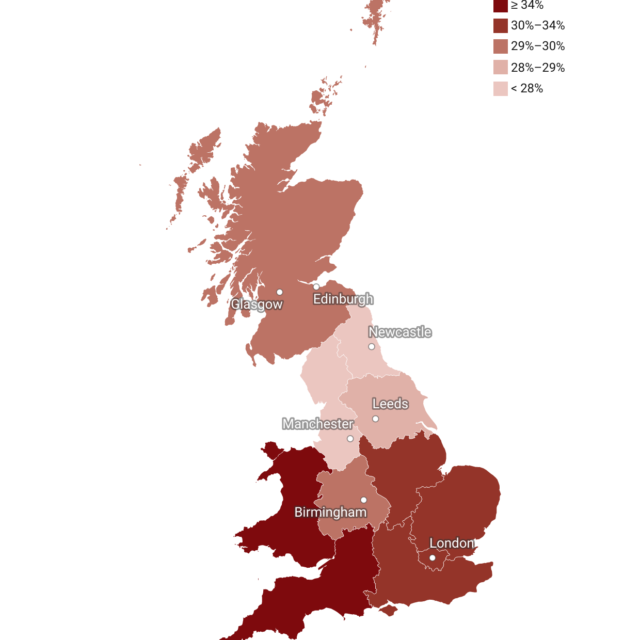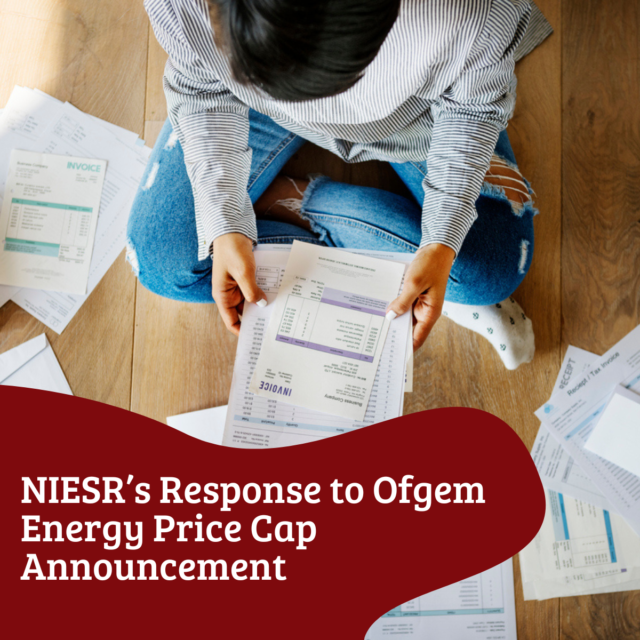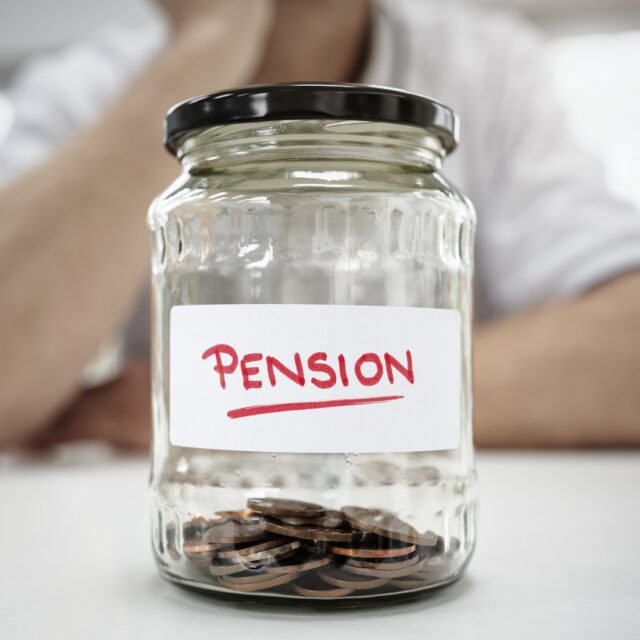Beyond the Energy Price Guarantee. With or Without?
In response to the energy crisis amidst a wider cost of living crisis (see Harari et al, 2022), the UK government put in place the Energy Price Guarantee (EPG) on 8 September 2022, which caps the unit price of energy for all consumers. This policy is now, following a statement by the new Chancellor Jeremy Hunt on 17 October 2022, due to remain in place until April 2023 after which new longer-term policies for supporting consumers will be considered. In advance of the Medium-Term Fiscal Plan, set for 31 October, this briefing outlines the main shortcomings of the EPG and proposes alternative measures to address these issues.
 Pub. Date
Pub. Date
 Pub. Type
Pub. Type

Key Findings
- The EPG disproportionately benefits well-off households: The EPG’s reduction in the unit rate relative to market prices disproportionately benefits households with higher levels of energy consumption. As energy consumption strongly increases with household income, this disproportionately benefits households on higher incomes.
- The financial benefit of the EPG is skewed even among high-earners: Among an estimated 280,000 households with an annual income above £150,000, a small number of around 14,000 households, representing the 95th percentile of energy consumption in this group, consumes more than twice as much energy compared to the nearly 50% of all other households in this high-income group. These super-consumers will benefit most from the EPG.
- The UK has a large and untapped energy savings potential: We estimate that England and Wales alone could save up to 29% of primary energy consumption in the residential sector predominantly through reduced electricity and natural gas consumption used for space heating and hot water generation if residential properties were upgraded to their highest energy efficiency standard – primarily through improved insulation measures.
- The EPG weakens incentives to invest in energy efficiency upgrades by around 30%: Energy efficiency upgrade investments would save households between £10 to 16 billion per year if they had to pay current market prices for energy. The EPG lowers the prices that consumers face, as a result, energy efficiency upgrade investments under the EPG would only save households between £7 to 11 billion rendering them less economical.
- Energy efficiency upgrades would provide permanent financial relief to households and offer large environmental benefits. Energy efficiency investments could permanently lower CO2 emissions which itself has a large present and future monetary value as carbon taxes are set to increase energy prices going forward. We estimate that the energy efficiency upgrades may save between 25 to 40 million tons of CO2 per year which, with a carbon price of £75 per ton would provide further savings between £1.5 to £3 billion per year.
- Households with the highest energy consumption levels are least encouraged to make energy saving measures: A household in the top 5% of the energy consumption distribution is estimated to save more than 7,500 kWh per year if the property is upgraded to its highest energy performance standards. But the savings these consumers stand to make through the EPG significantly weakens their financial incentive to make such investments in boosting the energy efficiency.
- Energy savings investments could pay for themselves within a relatively short period of time: With an interest rate of 3% and projected savings of £10 billion and an investment volume of £60 billion for the properties for which we have EPC-based recommendations (around 50% of the building stock), we estimate that energy efficiency upgrades, in particular insulation and boiler replacement, would pay for themselves within six to seven years.
Recommendations
We propose several policy alternatives which are targeted and incentivise energy efficiency.
- A two-tier tariff providing more generous targeted support without eroding energy savings incentives. Alternatives that provide even more targeted support with better incentive preservation do also exist and may be
implementable (see Bachman et al, 2022; Bhattacharjee et al, 2022). The two tier-tariff presented here would have a similar costing as the governments EPG but could be even more targeted. - We estimate that boiler replacements for the properties we have EPC data for would cost around £10 billion. The insulation program would cost around £50billion.
- A targeted means-tested insulation and boiler replacement grants program could be devised to help low-income households that do not have the means to afford the upgrades.
- A homeowner energy savings upgrade incentive program operating via tax credits could be devised to encourage homeowners to take up energy efficiency measures.
- A national energy savings lottery may encourage behavioral changes around energy use.
- A reform to planning laws to end prohibitions on building measures that yield relative and absolute energy savings.
- A national energy savings champions program to overcome local collective action problems.
These measures should all be supported by policies to tackle supply constraints by facilitating migration and boosting incentives for skill transfers.

Partners





















